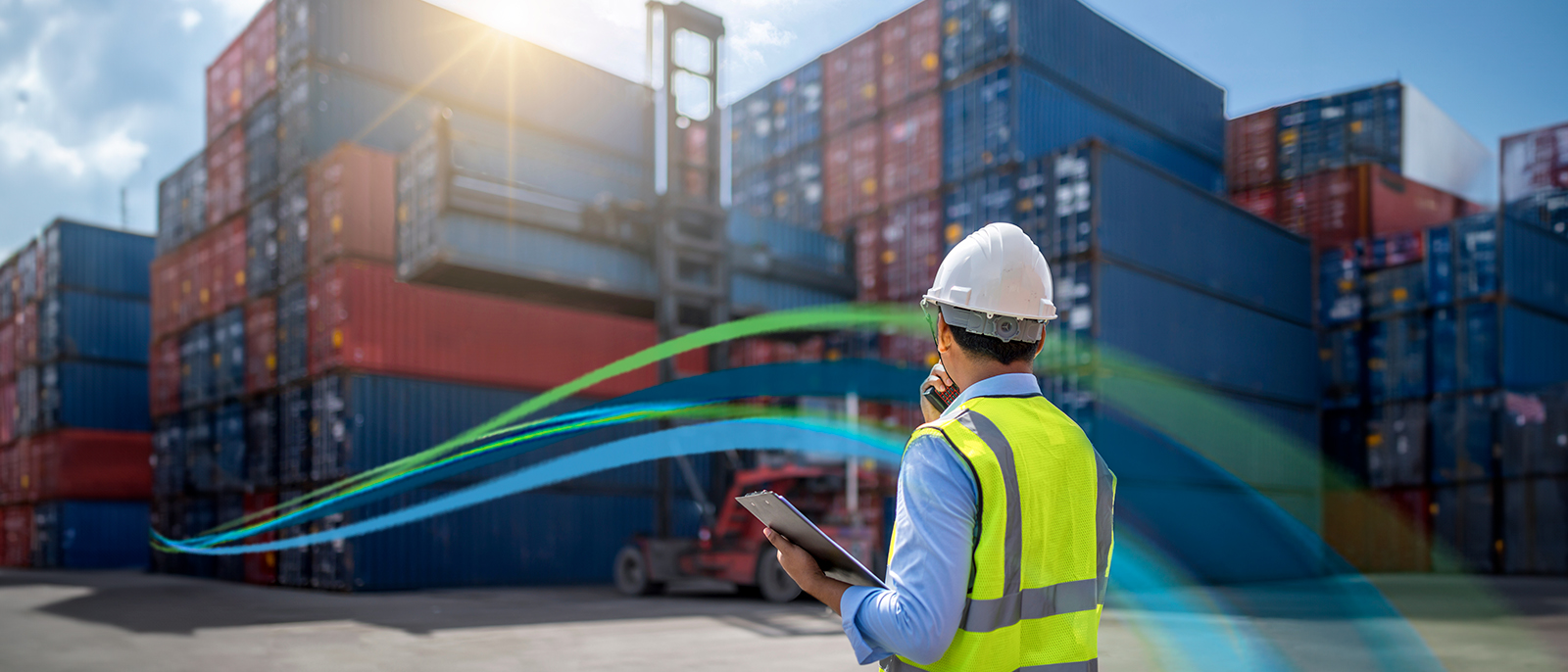Customs clearance is a pivotal stage in the import and export process, demanding meticulous attention to detail and compliance with regulations. Whether you're a seasoned importer or it is your first time, the following top 10 tips will help ensure a smooth customs clearance experience, avoiding delays, penalties, and unnecessary hassles.
- Research and Understand Regulations:
- Before shipping, thoroughly research and understand the customs regulations of both the exporting and importing countries.
- Be aware of specific requirements related to product classification, documentation, and any restrictions or prohibitions.
- Accurate Classification of Goods:
- Classify your goods accurately using the Harmonized System (HS) codes to determine the correct tariff rates.
- Work with customs experts or use online tools to identify the most appropriate classification for your products.
- Complete and Organise Documentation:
- Provide complete and organised documentation, including commercial invoices, packing lists, and certificates of origin.
- Ensure that all details, such as product descriptions, quantities, and values, are consistent across all documents.
- Engage a Customs Broker:
- Partner with an experienced customs broker who understands the intricacies of customs regulations and procedures.
- A skilled broker can help you navigate complex requirements, ensuring compliance and minimizing the risk of errors.
- Preferential Trade Agreements:
- Explore preferential trade agreements that may offer reduced or zero-duty rates for your goods.
- Ensure that your products meet the eligibility criteria and comply with rules of origin to benefit from preferential tariff rates.
- Stay Informed about Changes:
- Stay updated on any changes in trade policies, tariff rates, or regulations that may impact customs clearance.
- Regularly check for updates from customs authorities and industry associations to remain well-informed.
- Labeling Compliance:
- Ensure that your products are labeled correctly, adhering to country-specific requirements such as country of origin labels, safety labels, and care instructions.
- Non-compliance with labeling standards can lead to delays and additional inspections.
- Plan for Customs Inspections:
- Be prepared for customs inspections, which may involve physical examination of your goods.
- Package your goods in a way that facilitates easy inspection without causing damage.
- Understand Duties and Taxes:
- Familiarise yourself with the duties and taxes applicable to your goods in the destination country.
- Ensure that you have the necessary funds allocated to cover these costs.
- Maintain Open Communication:
- Establish open lines of communication with your customs broker, freight forwarder, and any other parties involved in the shipping process.
- Communicate proactively and address any issues or discrepancies promptly to prevent complications.
By following these top 10 customs clearance tips, you will be more effective. Being well-prepared, informed, and proactive in your approach will not only expedite the customs clearance process but also contribute to the overall success and efficiency of your import and export endeavors.
Please contact us for advice or further information or help with customs clearance or visit our website.
